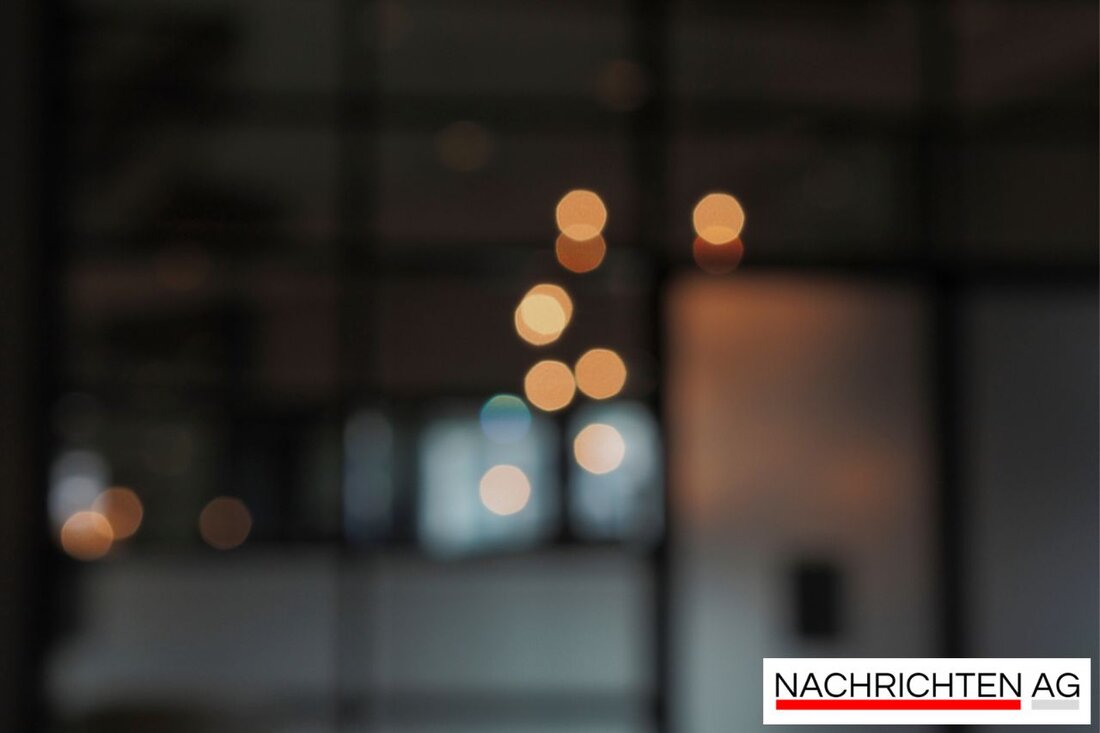Berlin Senate reaches through: Urban Mitte should come to life!
Berlin Senate reaches through: Urban Mitte should come to life!
In a significant step, the Berlin Senate took responsibility for the development of the controversial quarter "Urban Mitte". This decision is made against the background of the recognized "extraordinary urban political importance" of the project. Despite the resistors in the Kreuzberg district, which have been demanding a mixture of apartments and offices since 2005, the city administration recognizes the need to avoid monofunctional structures, which are often seen as errors in modern urban development policy. As reported by the Tagesspiegel, such monof functional quarters as Alexanderplatz are an example of the economic and social problems that go hand in hand when urban habitats deteriorate to the wasteland after office hours.
The discussion about the "Urban Mitte" is not only important locally. More and more cities worldwide are fighting the problems that arise from isolated residential and commercial areas. The combination of living, business and leisure activities known as the “Berlin mix” is considered a positive model. However, critics of planning the "Urban Mitte" warn of factual unbalancing that could lead to a lack of residents and thus to an unstable economy and society. It is required that 40-50% of the space for living space is used to create a lively and diversified city.
The meaning of usage mixture
What makes a city sustainable? According to an examination of the BBSR, the functional diversity in city centers and district centers is of central importance. Sustainable urban development not only requires living spaces, but also shops, businesses and public institutions that are interwoven. The current social and economic transformation has weakened numerous city centers in its functional substance, which has led to high vacancies. However, this situation also offers new possibilities for creative and innovative usage mixtures, shows the study on the website of the BBSR.
According to the findings, small -scale, functional and social diversity are crucial in order to counteract the consequences of segregation. If you mix residential, work and cultural offers, you not only promote social cohesion, but also ecological sustainability. Like various practical examples, such as in the Rommelmühle and the UFAFAFAR, a city lives up through a harmonious mixing of these building blocks.
challenges and solutions
The challenges in urban planning are diverse. In recent years, it has been shown that the separation of homely, commercial and cultural areas leads to increased traffic volume and an increase in CO2 emissions. The right mix here is the be -all and end -all. As shown in the study on the use of uses, cities are increasingly relying on strategy approaches that promote life in the middle of shops, apartments and cultural institutions in order to create a lively neighborhood.
Back to the "Urban Mitte": Will the city succeed in breaking up the old model and creating a sustainable form of living? Only the time will show whether the desired mix of uses can actually be realized and whether Kreuzberg could be a model for other cities here.
For further information on the subject of use and urban development, visit the pages of the Tagesspiegels href = "https://www.bbsr.bund.de/bbsr/de/veroeffungen/bbsr-online/2017/bbsr-online-23-2017.html"> bbsr href = "https://www.buildingsocialeecology.org/muster/nutzungsmischung-von-wohnen-worke-und-kultur/"> Usage concepts .
| Details | |
|---|---|
| Ort | Bernau bei Berlin, Deutschland |
| Quellen | |


Kommentare (0)